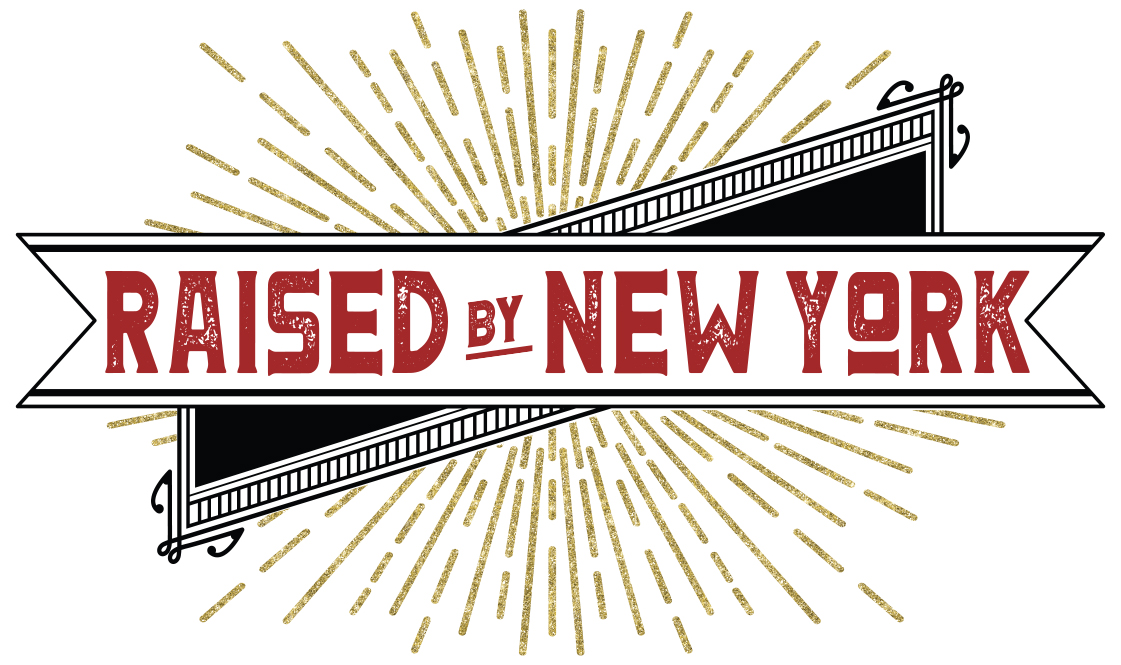Going Batty for Bats
From dense landscaping, city parks, green rooftops and community gardens to OneMillionTreesNYC, there’s a little known and even less understood benefit to all this greening of the city. The more green spaces we provide, the more the bat population flourishes. Bats love living la dolce vita in green urban areas.
Bats you say? Bats? They’re evil (forget Bram Stoker’s Dracula); they suck human blood (forget Bram Stoker’s Dracula); they’ll attack me (only in self defense so don’t rile them); they get rabies (yes they do but the incidence is very low at less than 0.5%); they’ll fly into my hair and get tangled in it (no, they won’t).
Forget all the lore and misconceptions except possibly the popularity of the superhero Batman. Though you don’t want them in your home, these little guys provide a number of benefits.
The most common species in New York City is the little brown bat, only 2” with a 4” wingspan. There is also a larger variety. They both love to nest in the corners and crevices of buildings, preferably older ones with a nice selection cobwebs. Red, hoary and silver-haired bats, also species found here, like to nest in trees, either in trunk crevices or within foliage.
The question is: why should we welcome these flying creatures to the neighborhood?
“Bats are beneficial mammals because they are efficient predators of insects,” says the Wildlife Damage Management Fact Sheet on Bats from Cornell Cooperative Extension. “A colony of 100 little brown bats, the most abundant species in New York, consume hundreds of thousands of mosquitoes and other small insects each summer.”
Thus bats help rid the city of the nuisance of small flying insects; reduce insect bites which can be annoying and painful; and help thwart the spread of diseases like West Nile virus. Bats eat insects like you eat M&Ms, feasting on 600-1,000 mosquitoes per hour. Their voracious appetites save approximately $3 billion in insecticide use for agriculture.
All of that is why the city has encouraged the growth of the bat population by building simple bat houses (which swarms of the little guys move into) in parks throughout the city.
To learn more about bats, even take a guided tour offered seasonally, log onto the Urban Park Rangers and Central Park Conservancy websites.

